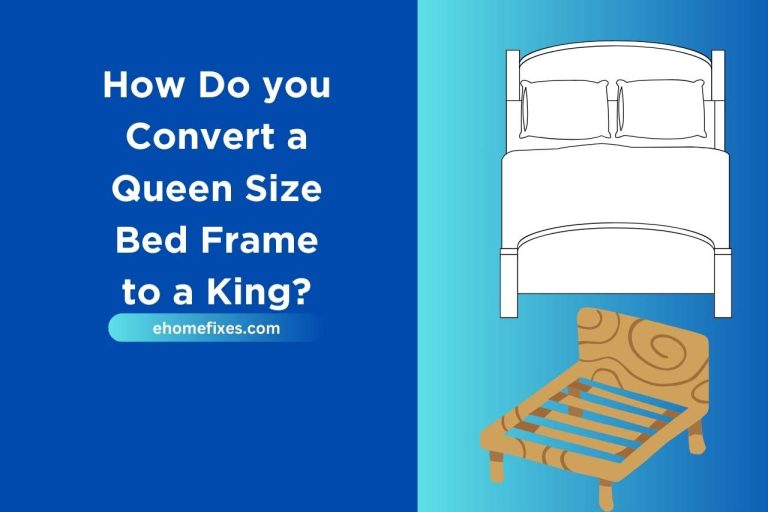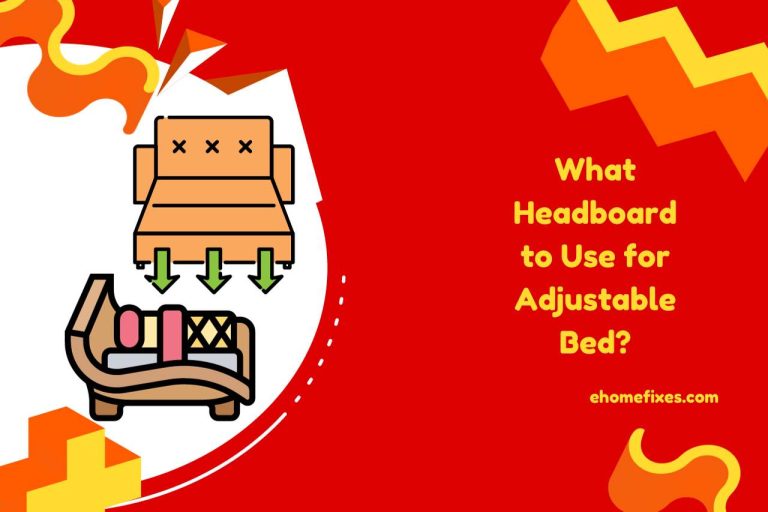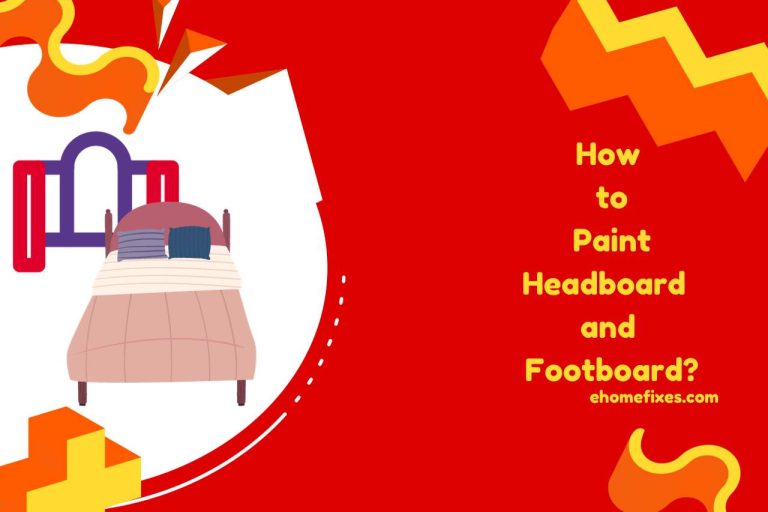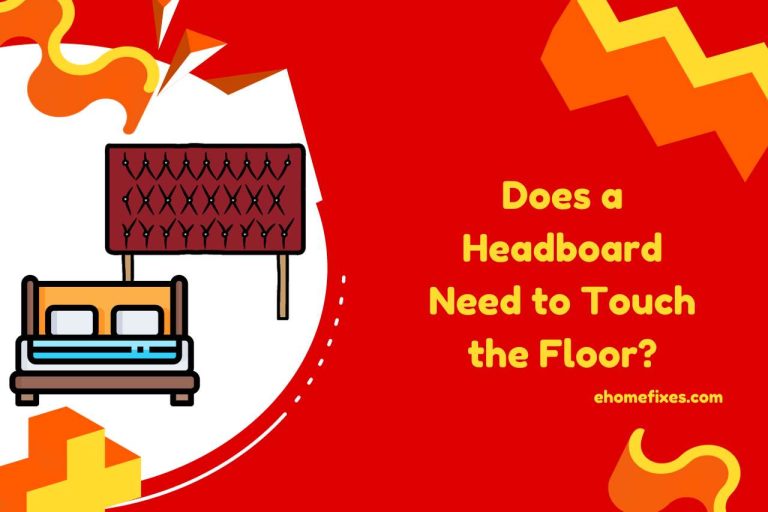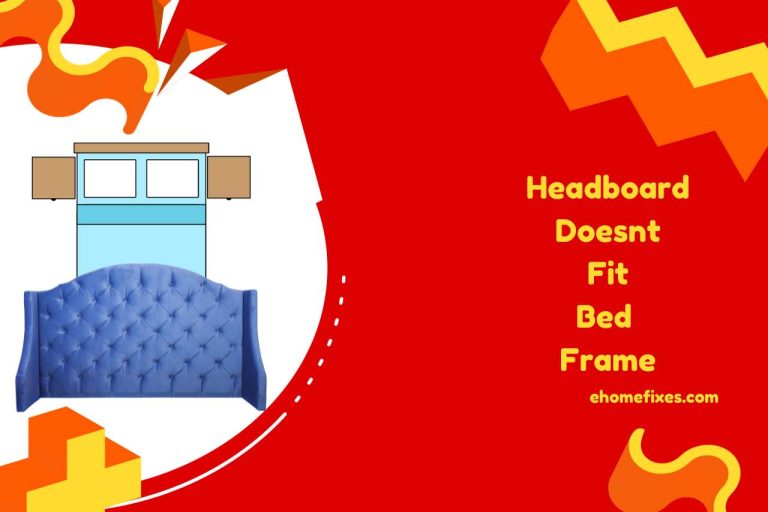Does a Headboard Reduce Noise? Exploring the Noise Reduction!
“Does a headboard reduce noise?” You might be wondering whether your headboard can support a quieter night’s sleep. Actually, there are some hidden advantageous aspects of headboards apart from providing an aesthetic appeal to the room. Today, you will be able to uncover the silent potential of this bedroom essential as we delve into soundproofing strategies. From material choices to strategic positioning, learn how to transform your headboard into a fortress against disturbances. So, join us on a journey to craft a peaceful sleep haven!
Do Headboards Squeak?
Yes, headboards can squeak, and several factors contribute to this noise. The construction material, attachment to the bed frame, and any loose components may lead to squeaking. Having a thorough idea about the causes of squeak is beneficial when you are going to remedy the problem, so check the points below.
- Construction Material: The type of material used in the headboard’s construction plays a crucial role. Wooden headboards, for example, may creak as the wood contracts and expands with temperature changes. Similarly, metal headboards might produce noise if not adequately secured.
- Attachment to Bed Frame: Secure attachment is key to a noise-free headboard. When the headboard is not properly fastened to the bed frame, any movement can result in squeaking.
- Loose Components: Over time, components like bolts and screws may loosen, contributing to squeaking. Periodic inspections and tightening of these elements can prevent unnecessary noise.
- Lack of Lubricants: If you have not applied lubricants to the parts of the headboard, they may rub against each other and make some noise. So, you have to use a silicone-based lubricant for this purpose.
- Quality of Materials: Investing in a high-quality, well-constructed headboard can be a proactive approach to minimizing squeaking. Sturdy materials and thoughtful design contribute to a more durable and quieter piece of furniture.
Does a Headboard Reduce Noise?
Yes, a headboard can reduce noise in the bedroom. The padded surface of upholstered headboards absorbs sound, minimizing echoes and dampening disturbances. Additionally, a securely attached headboard reduces the likelihood of the bed creaking or moving, providing a quieter sleeping environment. We have covered all the factors to consider when creating such a headboard in the points below.
- Upholstered Headboards: Upholstered headboards, with their soft and padded surfaces, act as sound absorbers. The fabric or cushioning material absorbs sound waves, reducing echoes in the bedroom. If you hope to aid the headboard to reduce noise, this should be your first consideration.
- Reduced Bed Movement: A securely attached headboard can minimize the movement and shifting of the bed. This stability not only contributes to a more comfortable sleep experience but also decreases the chances of disruptive creaking or squeaking noises.
- Material Choices: Opting for noise-absorbing materials, such as fabric-covered or padded headboards, can further enhance noise reduction capabilities. These materials help in minimizing sound transmission, creating a quieter atmosphere.
- Buffer Against Wall Sounds: Placing the headboard against the wall provides an additional buffer against external sounds. Actually, it acts as a barrier, reducing the impact of noises from adjacent rooms or outside. Then, you will be able to create a quieter sleeping environment. So, remember that strategic placement also plays a huge role in noise reduction.
- Regular Maintenance: Regularly checking and tightening any screws or attachments on the headboard ensures long-term stability. This not only prevents potential noise caused by loose components but also contributes to the overall durability of the bedroom furniture.
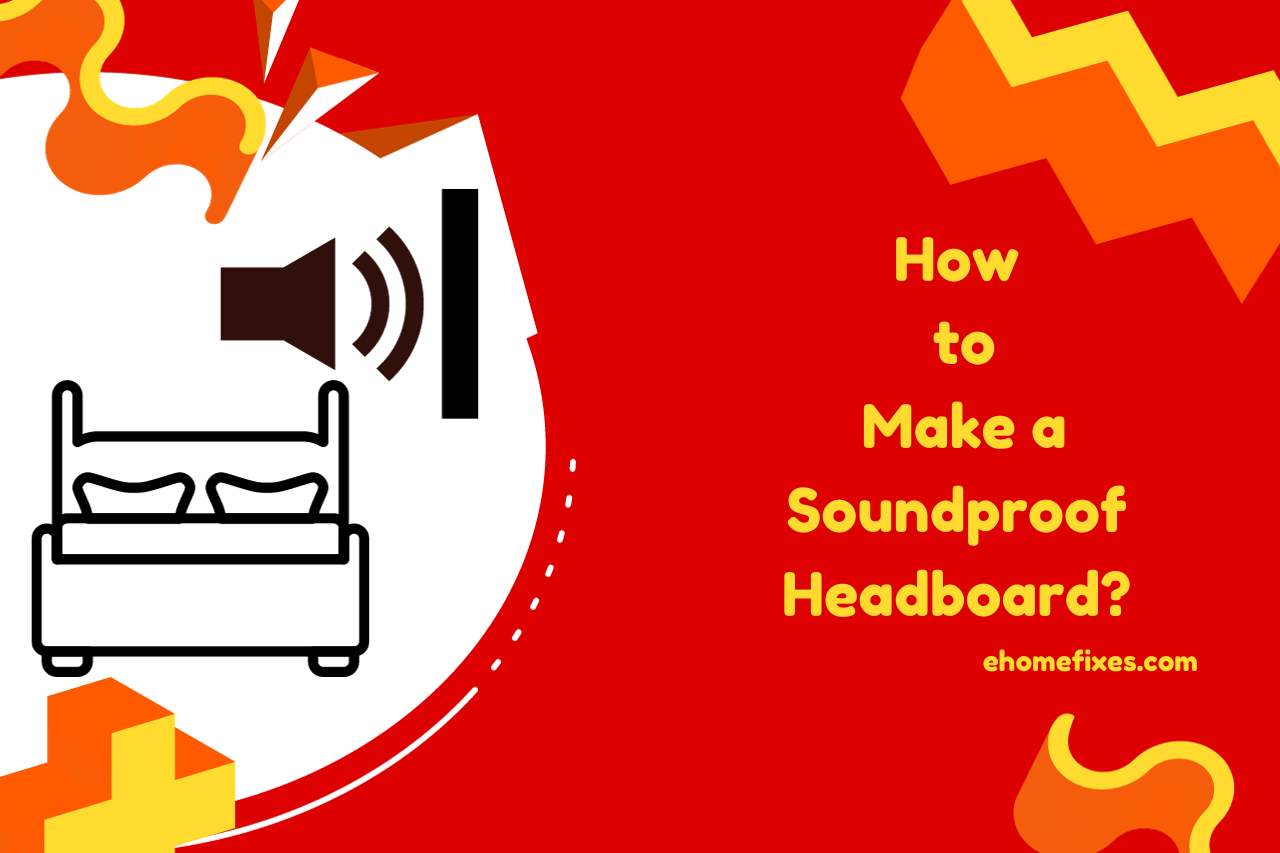
How to Make a Soundproof Headboard?
To make a soundproof headboard, certain areas require your attention. From the choice of materials to finalizing the placement of the headboard, you have some key responsibilities. Let’s discuss them one by one.
- Select Noise-Absorbing Materials: First and foremost, opt for materials with sound-absorbing properties. Upholstered fabrics, dense foams, or acoustic panels work well to dampen sound waves, reducing noise.
- Double-Layer Upholstery: It is possible to increase the soundproofing effectiveness by adding a double layer of upholstery. This can act as an extra barrier and enhance the headboard’s ability to absorb and muffle noises.
- Choose Dense and Thick Fabrics: Fabrics with density and thickness are excellent choices for soundproofing. They add mass, reducing the transmission of sound through the headboard.
- Use Acoustic Insulation: Incorporate acoustic insulation materials within the headboard structure. The reason why, these materials, such as fiberglass or foam panels, absorb and trap sound, preventing it from bouncing around the room.
- Ensure Tight Assembly: Ensure a tight and secure assembly of the headboard components. Any gaps or loose sections can compromise the soundproofing effectiveness. Moreover, such poorly-assembled headboards will not last long.
- Attach to Wall Securely: Securely attach the headboard to the wall to minimize vibrations and ensure stability. This prevents any potential noise caused by movement or friction between the headboard and the wall.
- Position Strategically: Place the soundproof headboard strategically against the wall to maximize its noise-reducing impact. When you position the headboard, consider the layout of the room and potential sources of external noise.
- Add Mass with Plywood: Increase the mass of the headboard by incorporating plywood into the design. A heavier headboard is more effective in blocking and absorbing sound and vice versa.
- Seal Edges and Gaps: Remember to seal any edges or gaps in the headboard with weather stripping or acoustic sealant. This prevents sound leakage and ensures that the headboard functions as an effective sound barrier.
- Experiment with Decorative Panels: Explore decorative panels that serve a dual purpose—enhancing aesthetics while providing additional soundproofing. These panels can be strategically placed on the headboard surface.
Watch this one,
Video Credits – Soundproof Guide
You May Also Like
- Gap Between Mattress and Headboard – Solving the Mystery!
- Can you Buy Headboard Separately? Design Flexibility!
- Does a Headboard have to Be Against the Wall? Exploring Wall-Free Options!
- What Headboard to Use for Adjustable Bed? Selecting the Ideal Headboard!
- Headboard Doesn’t Fit Bed Frame – Mismatched Sizing!
- How to Paint Headboard and Footboard? Revamp Your Bed!
- Why are Headboards So Expensive? Exploring the Factors!
- Why does My Mattress Move Away from Headboard? Exploring Common Causes!
- Can a Queen Headboard Fit in a Car? Mastering the Move!


